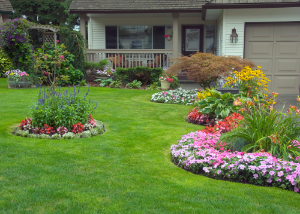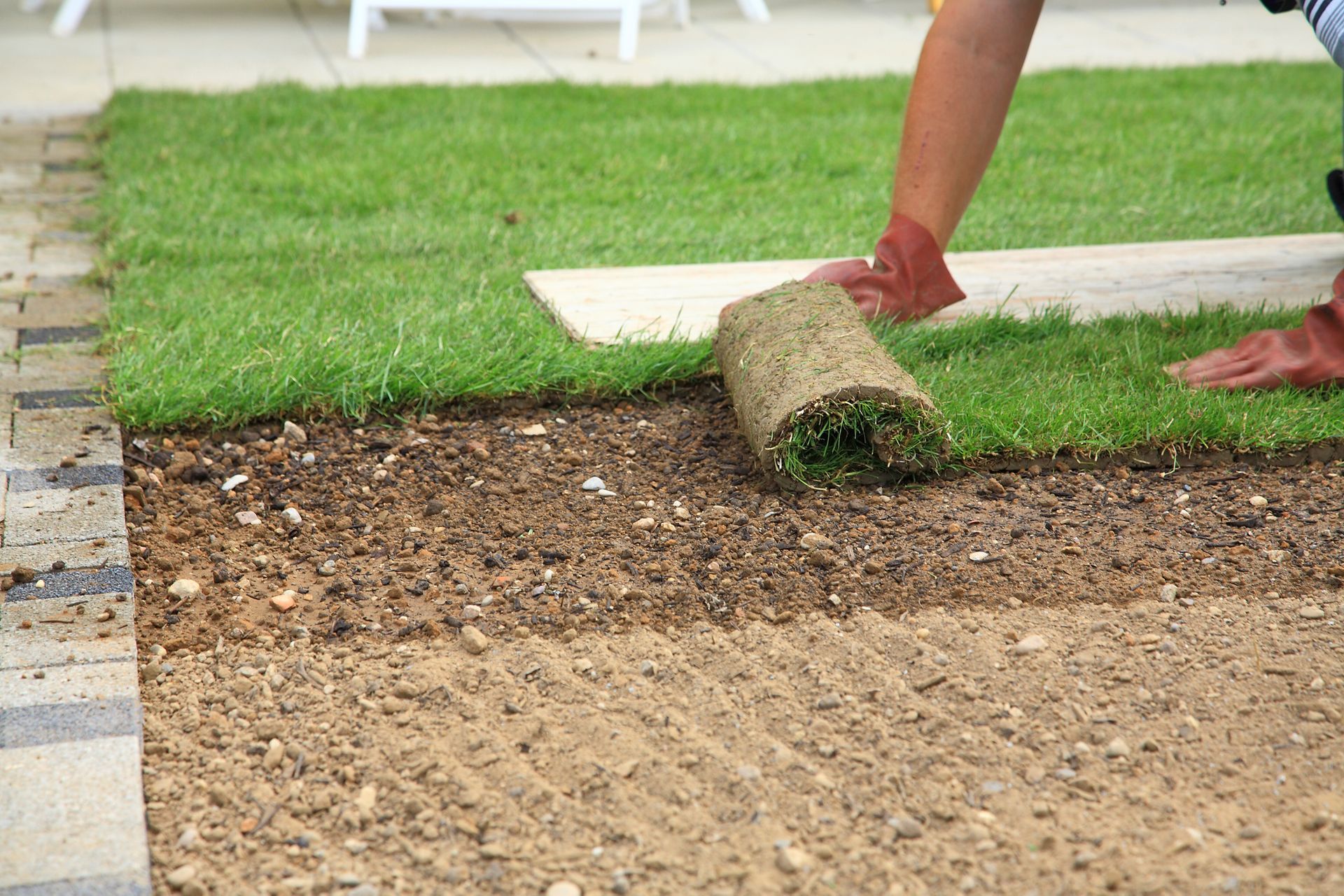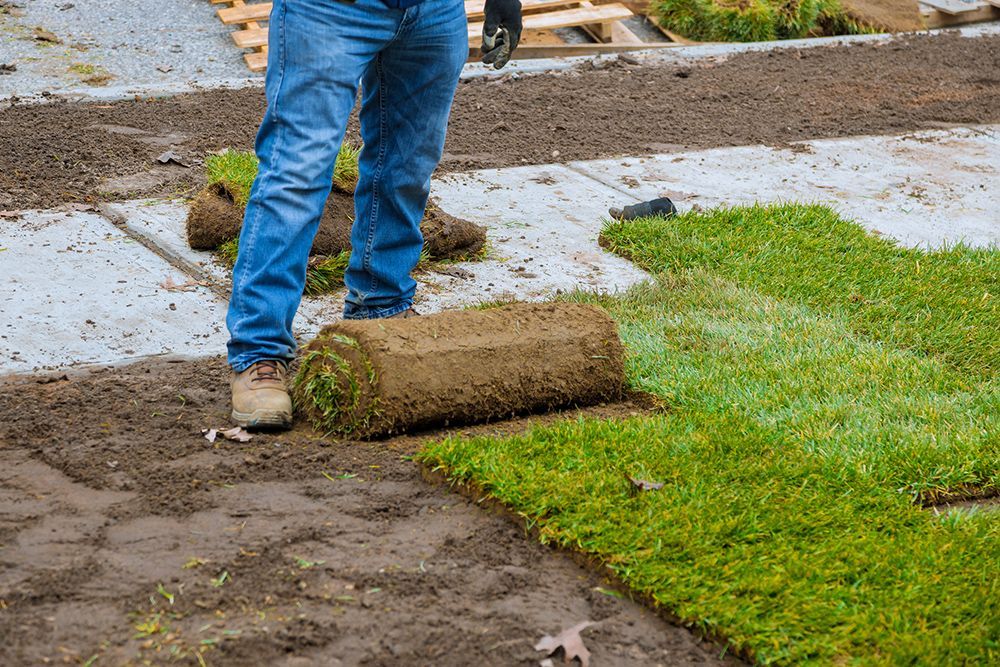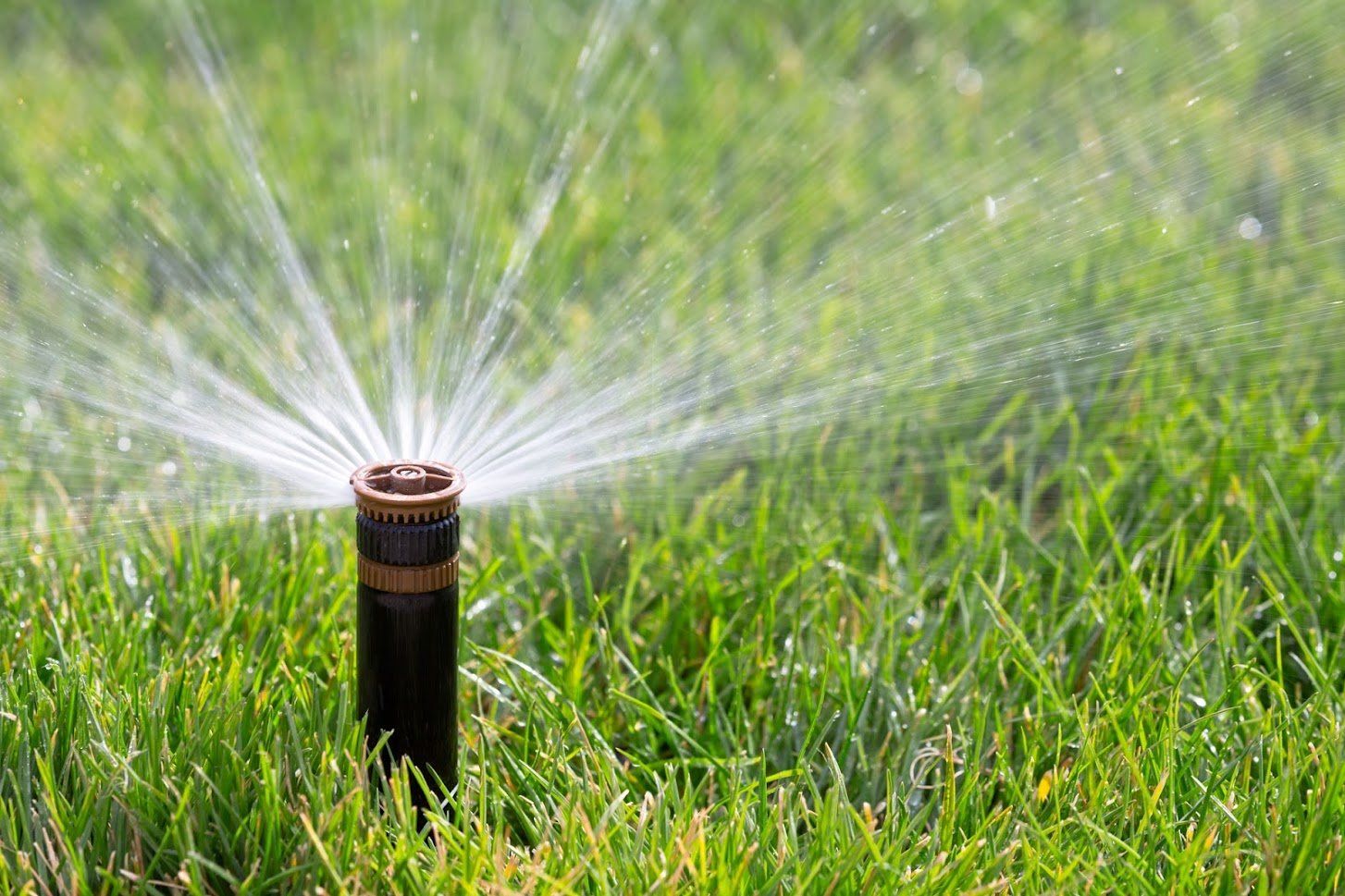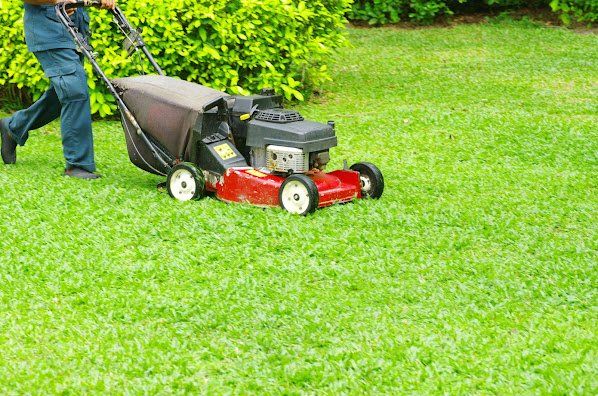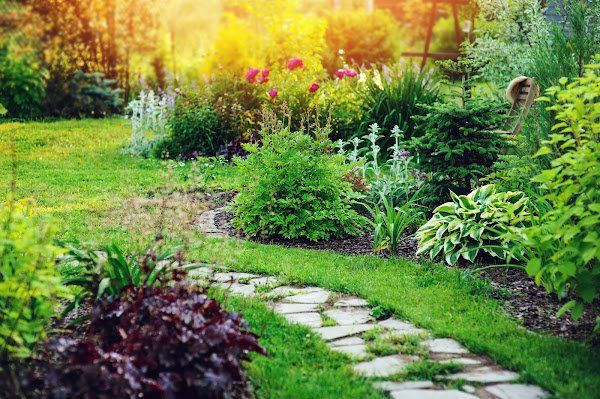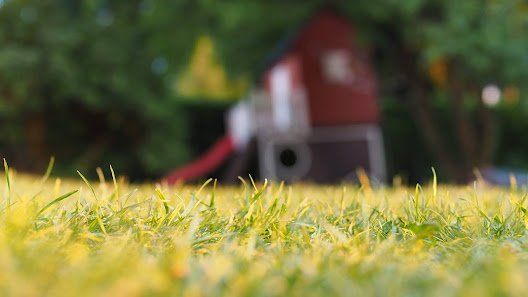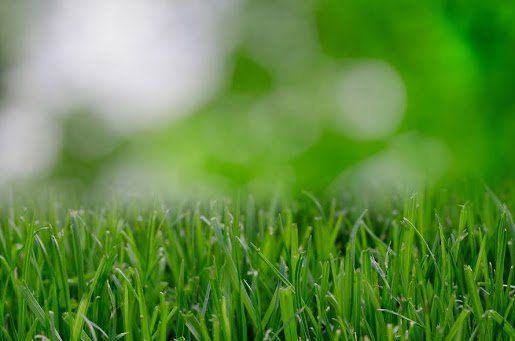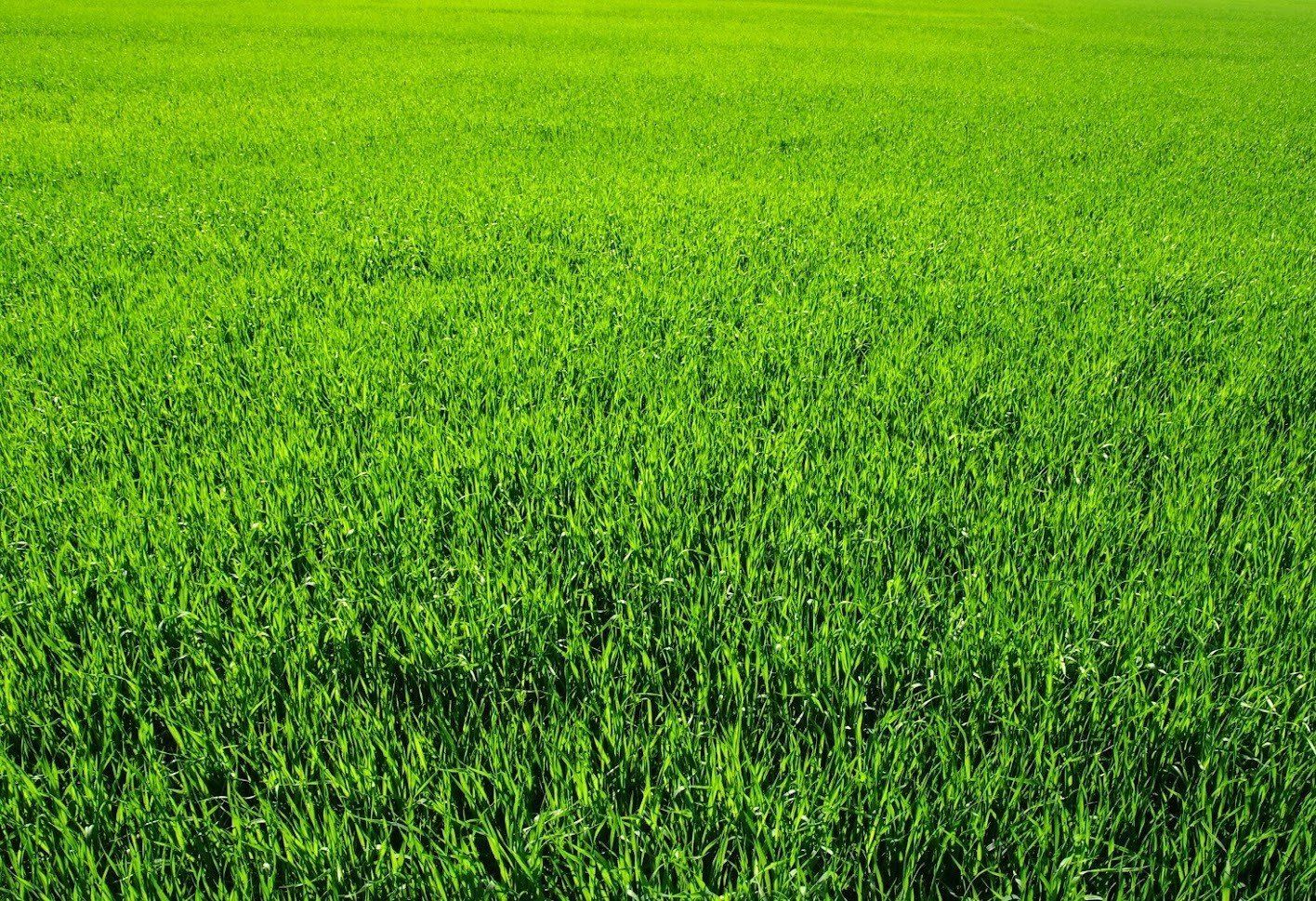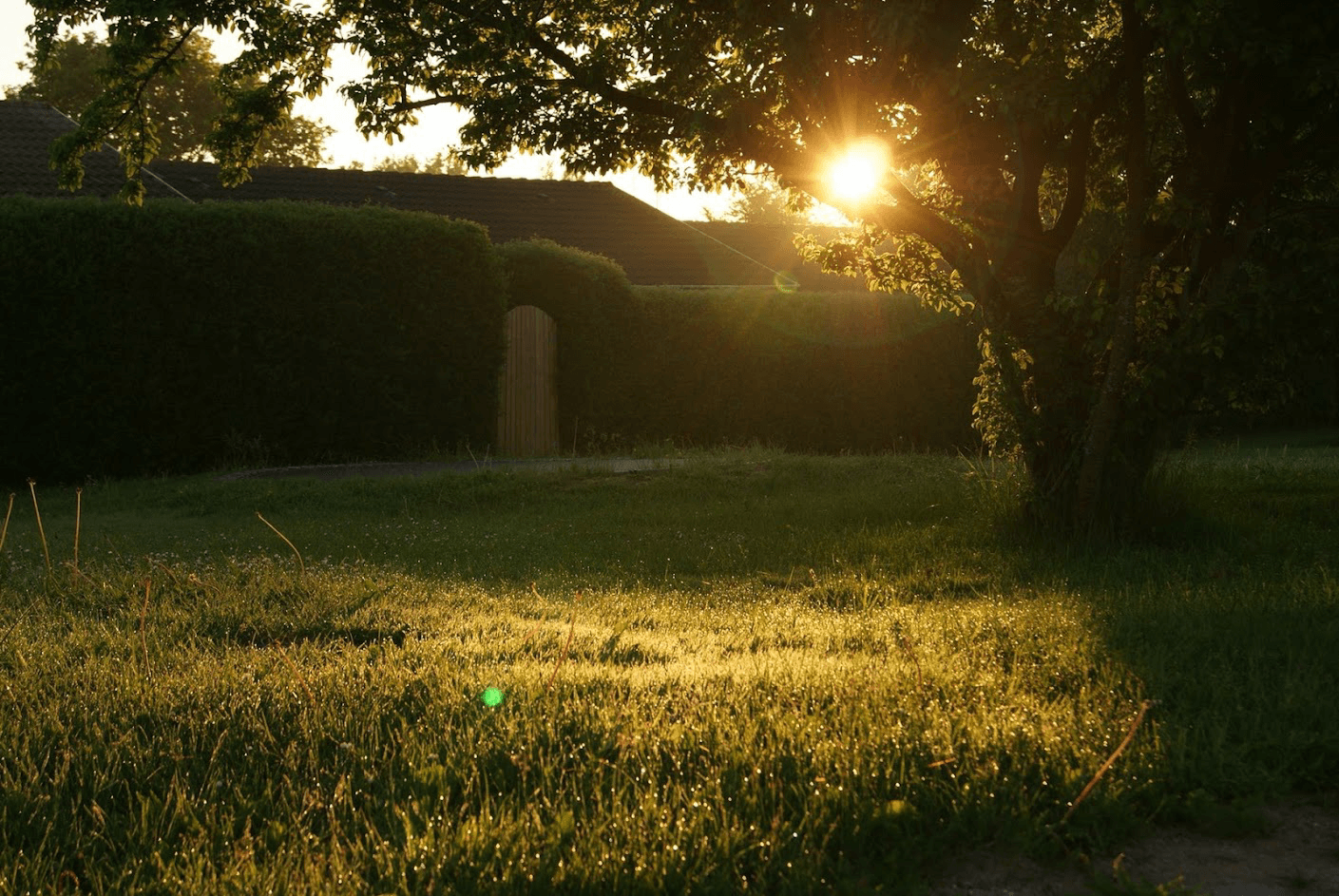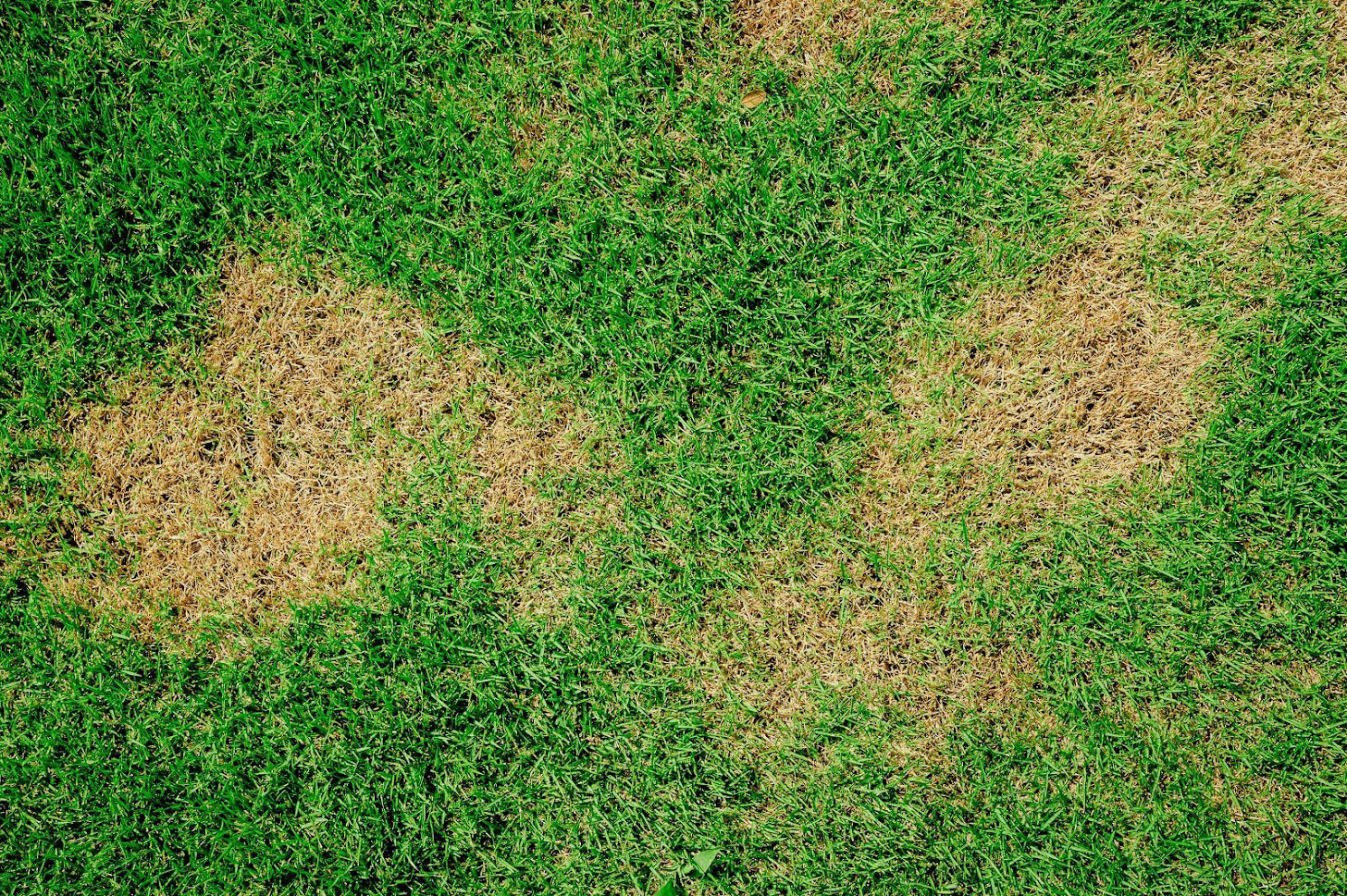4 Beautiful Edging Ideas For Your New Sod Lawn
Installing a sod lawn has many benefits. One of the greatest benefits of sod is that you instantly have a lawn that you can use, rather than having to wait for a seeded space to grow out.
Because you don’t have to wait, you can more quickly design your landscaping around your new sod lawn to get the visual impact right away. An important part of that landscaping is the edging you'll put around your sod lawn. Below are some ideas for how you can complete the picture your new lawn presents.
Border Garden
A popular method for bordering a lawn is to add more plant life, in this case a border garden. For a border garden, you need to devise planting beds. You'll want to dig up the ground in the bed and treat it as needed for nutrients. To keep the plants separate from the lawn, you may want to pound in a set of discreet strip edges or add one of the other edging options described below.
Flowers and groundcover plants are very popular for border gardens. However, if you want a more formal effect, consider evergreen bushes such as box shrubs. Taller than simple flowers, evergreen shrubs create a distinct border around your lawn and can even provide some privacy.
Concrete Curbing
Concrete curbing is a hardscaping element that can be mixed with a border garden or left alone. Such a border consists of a line of extruded concrete. The contractors use a self-contained trailer that extrudes the continuous line of concrete in the desired shape. You can even specify color and other finish options. You can also add lighting to the strip.
As noted, concrete curbing is a popular method for creating a line between a planting bed and the lawn. However, you can also fill the area behind the curb with gravel. Likewise, you can install concrete curbing as a useful border between a lawn and a high-use space, such as a pathway, sidewalk, or driveway.
Brick Edging
Brick is a classic building material, so using brick for your lawn edging imbues your yard with a sense of sophistication. As with the concrete curbing, you can use the brick edging as a border between the lawn and a planting bed or a high-traffic area. You can also use brick edging with mulch or stone on the other side.
You have many different choices when it comes to picking your bricks, all of which affect the appearance of the edging. One consideration is the brick color. Red brick is traditional and complements the green of the lawn. However, gray or reclaimed brick can create a sense of cohesion, especially if the colors are found elsewhere in your hardscaping .
Another choice is the orientation of the bricks. You can have them laid end to end to create a thin border or laid side by side for a thicker border. The masons can even fan out the bricks for a more decorative appearance.
Finally, you'll choose if you want the bricks mortared or not. The advantage to mortaring is a more solid border. Such a technique also presents a more formal appearance. However, unmortared bricks may fit better with a casual backyard. What's more, unmortared brick edging is permeable, meaning water can flow through to your lawn or planting bed.
Rock Edging
Homeowners who want a naturalistic vibe for their yard often choose to incorporate landscaping rock. Such edging tends to be less uniform, so it's far more casual-looking than brick or concrete. Indeed, you often see natural stones laid side by side for this kind of informal edging.
One charming effect that can be achieved by rock edging involves choosing two different styles of rock, one of which should be larger. You'll use the larger rocks to create the solid portion of the border. The second style of rock should consist of pebbles, pea gravel, or other small rocks. You'll use these between two lines of the large rock borders, creating a border with high contrast and visual interest.
If any of these edging idea appeal to you, have a beautiful sod lawn installed, and finish the edges with a handsome border. Let Novasack Turf Farmsprovide the sod for your new yard.

